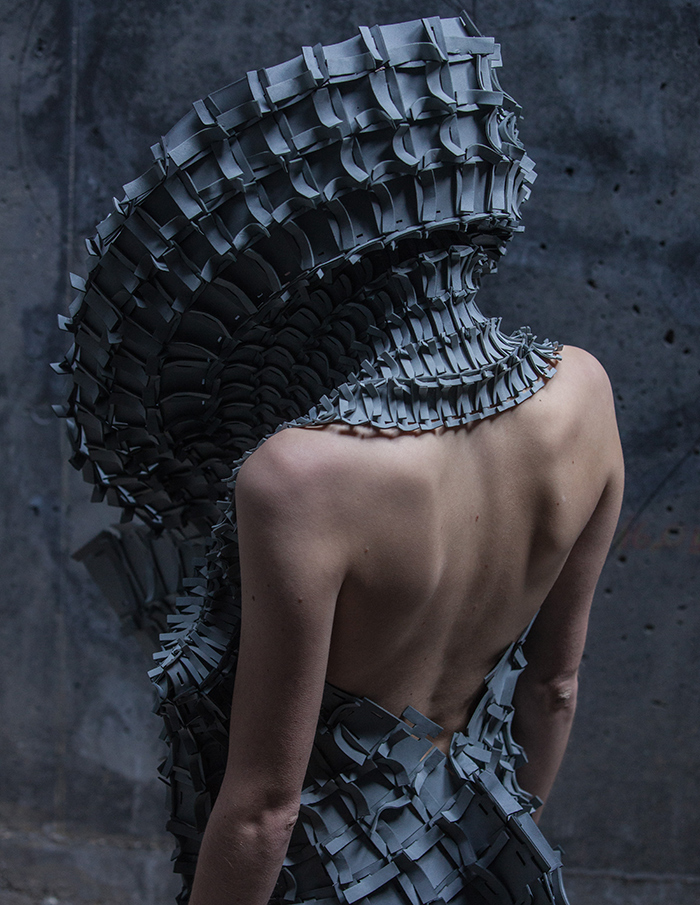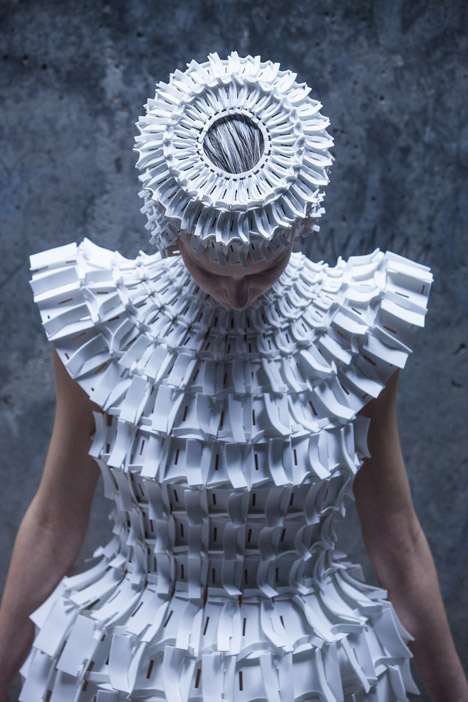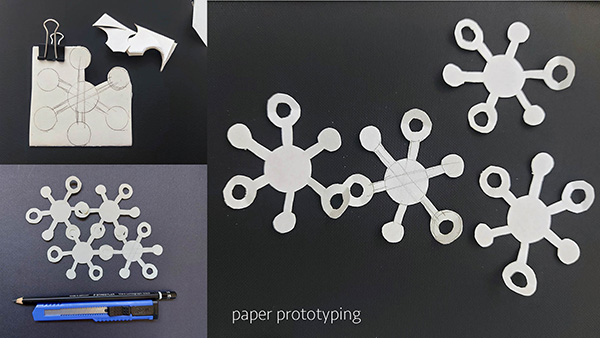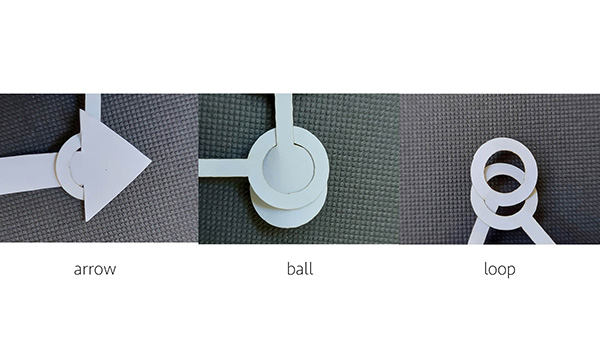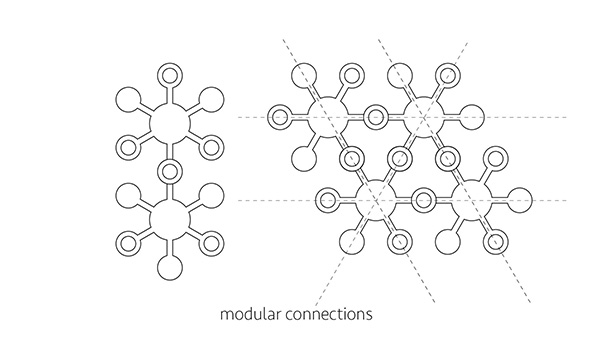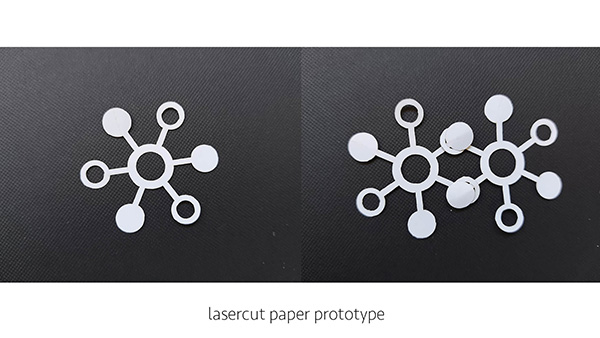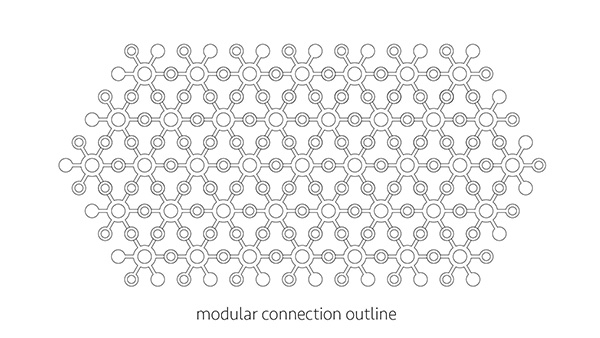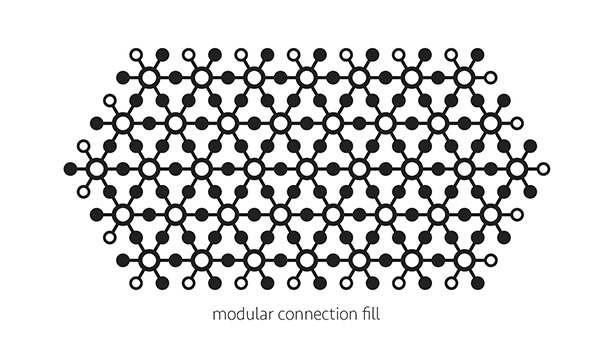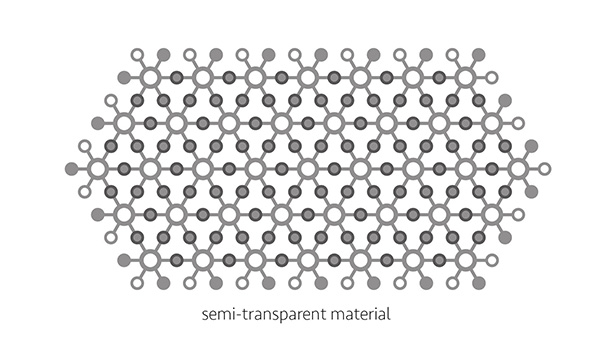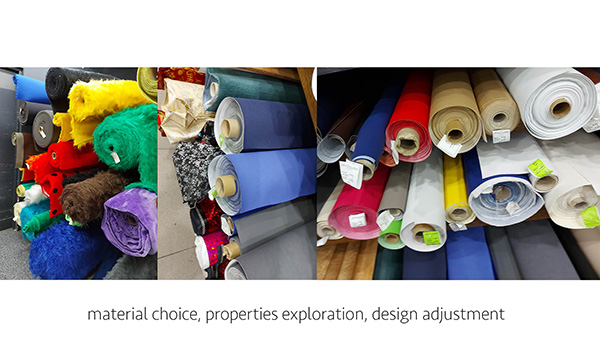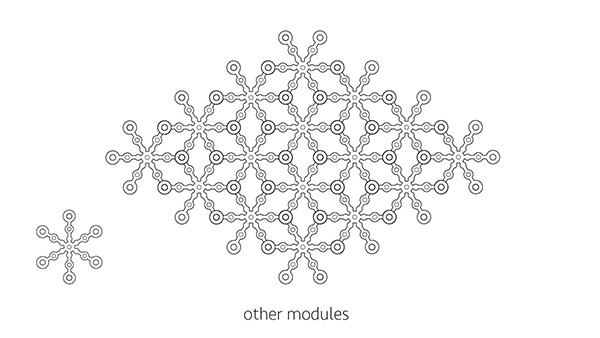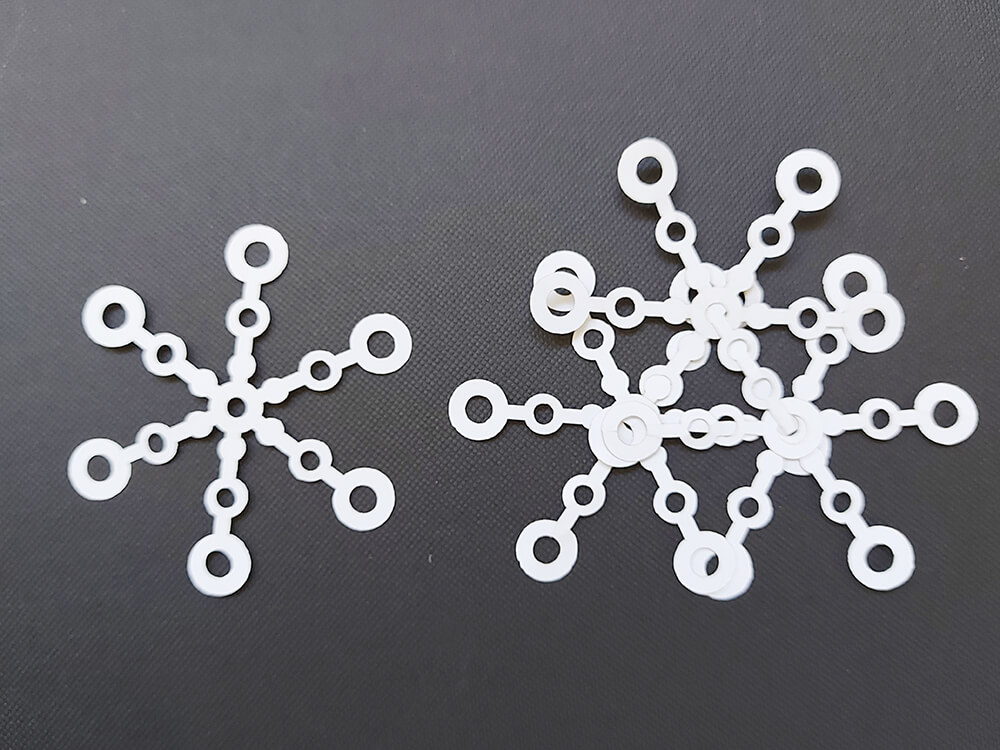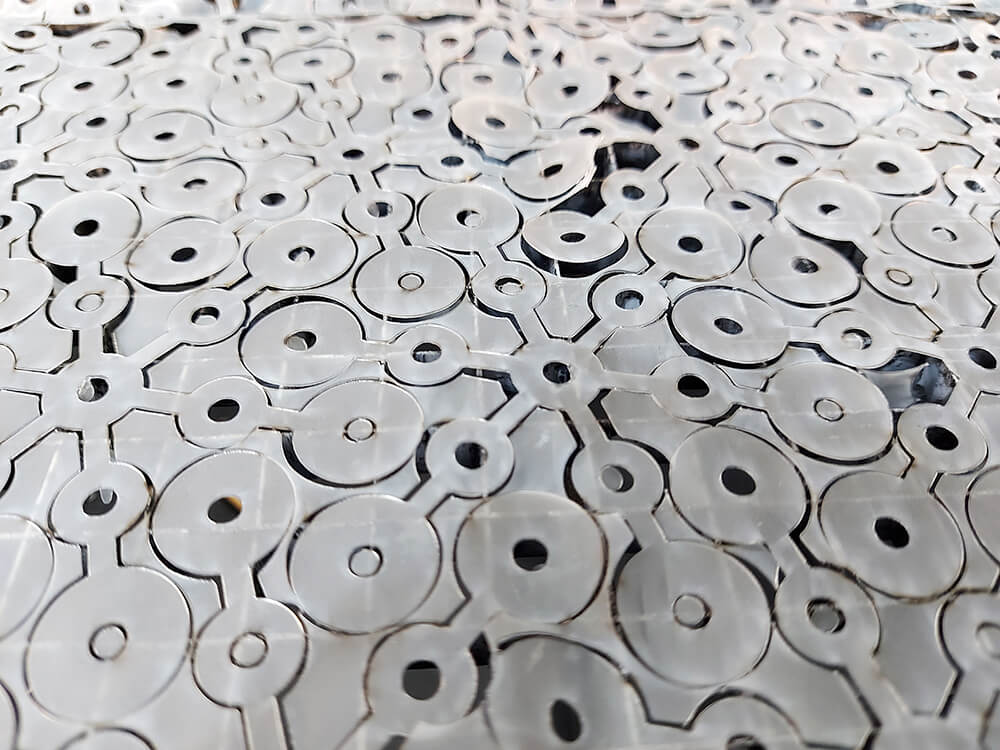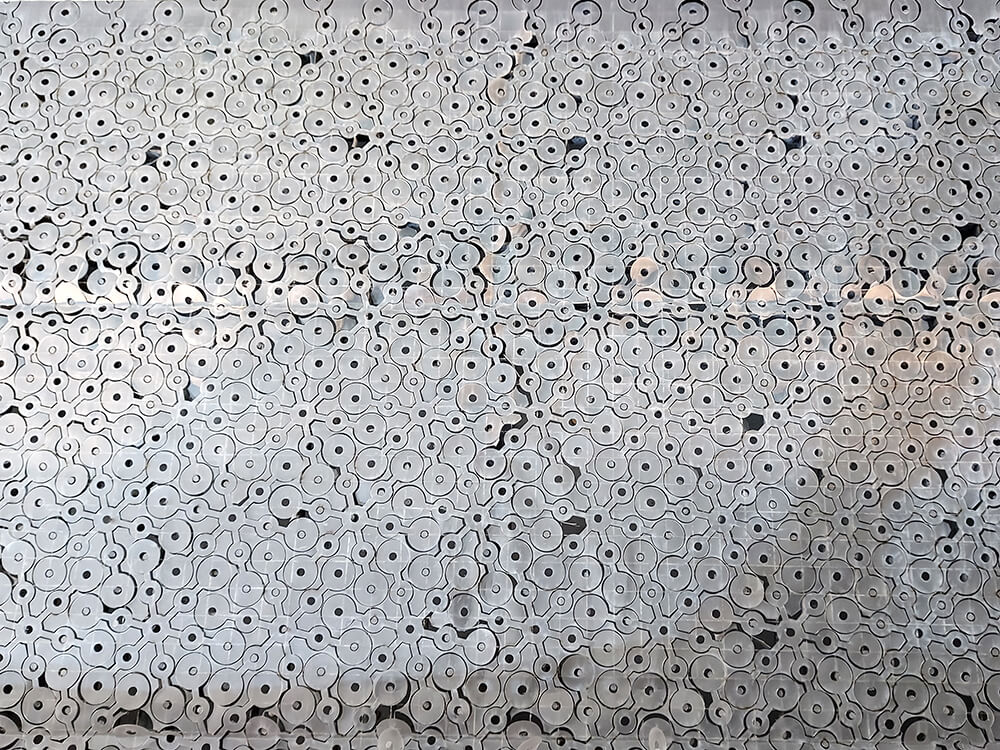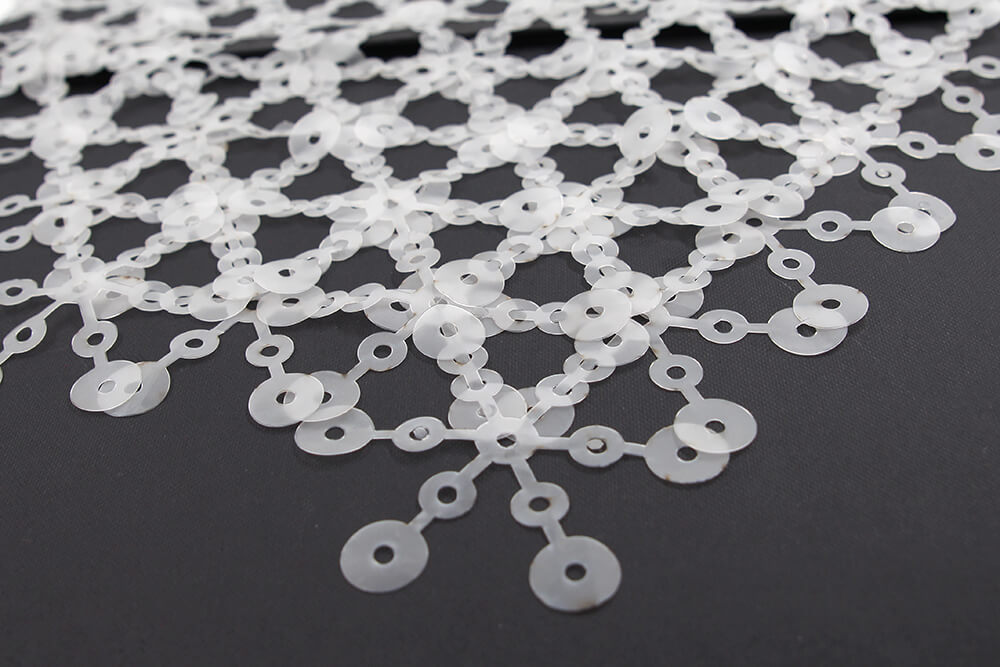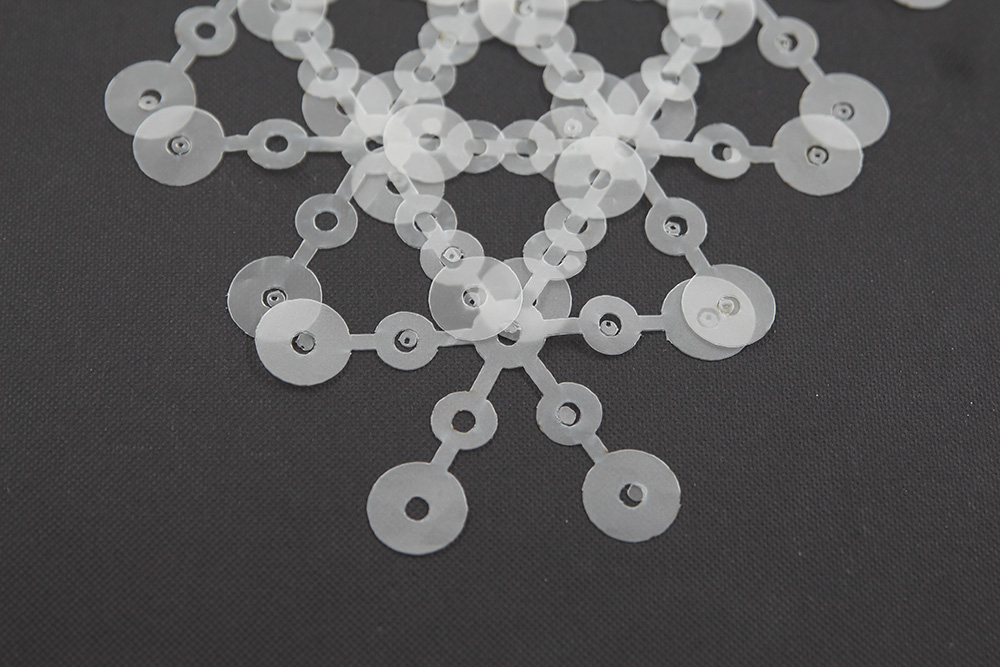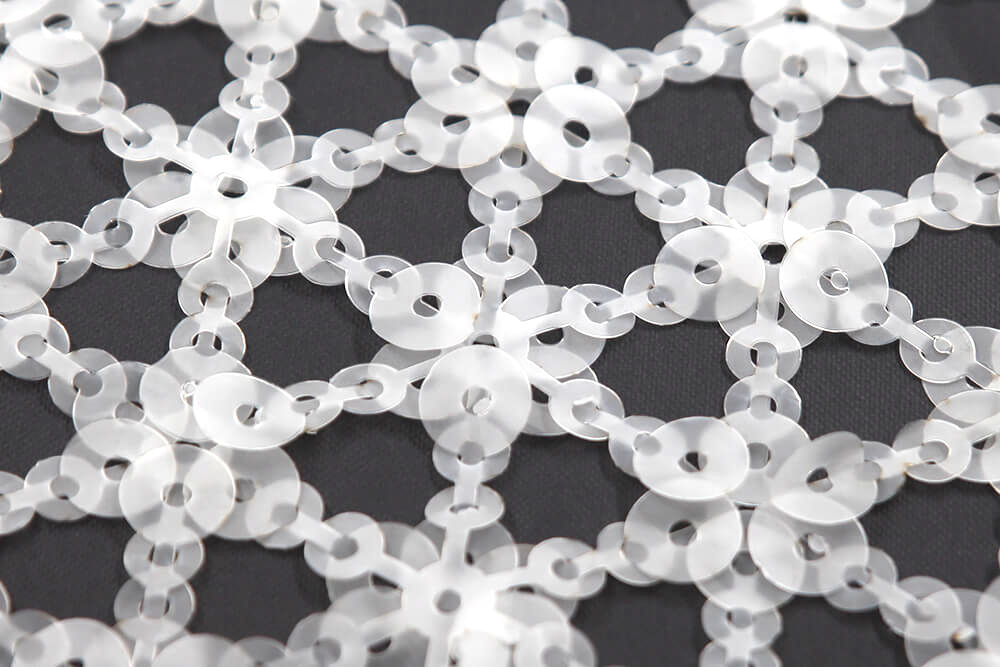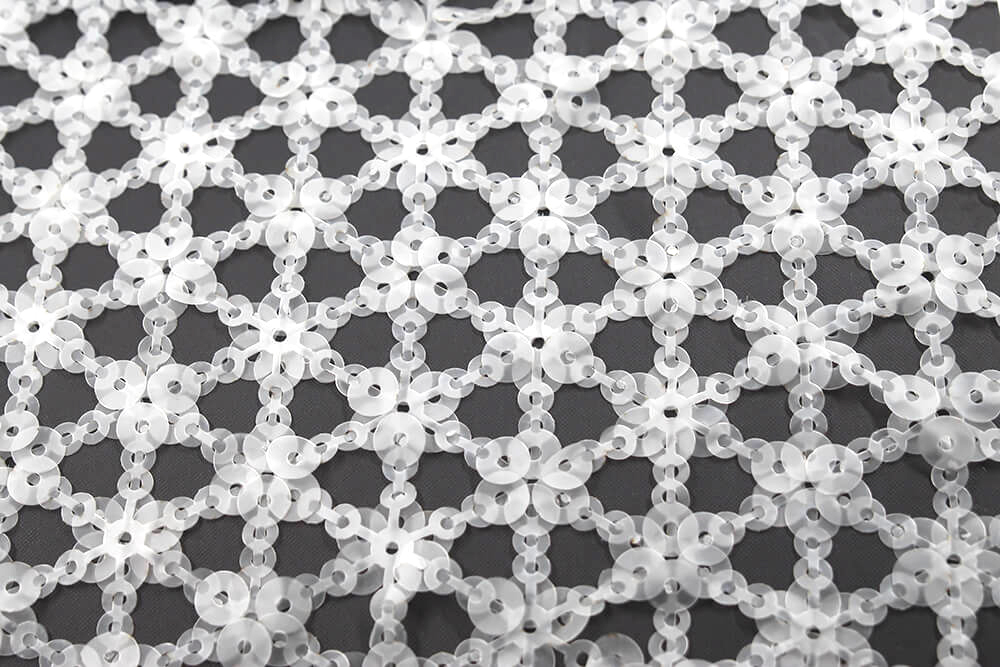Open Source Circular Fashion

Advantages of Modular Design
- Faster time to Market
Project time can be dramatically shortened Start-up time is also minimized since systems can be fully assembled and tested before they ship, reducing the amount of on-site start-up time. Weather delays are eliminated during process system development since skids are assembled indoors. - Reduced costs
Lower labor and operational costs are achieved due to a shorter project timeline, efficient use of material, and a smaller field crew For multi-unit projects, higher capitol efficiency is achieved by designing once and building duplicates Off-site module construction does not interrupt or shut-down pre-existing operations - Safety benefits
Ideal construction conditions provided by an enclosed fabrication facility further reduce safety risk for fabricators Full modular process system testing and checkout prior to shipment identifies and corrects any potential problems before the system is delivered on-site - Less resource requirements
Production style assembly and perfect construction conditions reduce material waste. Smaller field crews are required on the construction site because modules are not assembled there. Less on-site space requirements because systems are assembled in pre-existing shops and modular designs aim to best utilize space layout and existing plant conditions to plan for the implementation of a new system. - High quality assembly and fabrication
Welding, pipe-fitting and other fabrication processes are performed under ideal conditions Highly trained and experienced assembly and fabrication technicians are all ready employed by the modular system provider, ensuring consistent work and worker availability. - Changes can be made quickly and easily
As the system is broken into separate modules (also referred to as skids) new modules can be inserted or ‘plugged in’. Greater flexibility due to the independent nature of the modules A change can be made simply by removing a whole module. adding a module, or making changes to an existing module without influencing any others.
https://oss.adm.ntu.edu.sg/jsim025/tag/modular-structure/
https://www.epicmodularprocess.com/blog/advantages-of-modular-design
https://www.interaction-design.org/literature/article/modular-design-for-rapid-advances Transformative Modular Textile Design
Modular design in fahion industry
The Exploration of the Modular System in Textile and Apparel Design
Design functions in transformable garments for sustainability
process
Fabric and material choice
For this prototype I used EVA sheet with lasercutter settings: power: 10, speed 2, frequency: 1000Design iteration 2
Design iteration 3
I tried to minimize the material waste as much as possible, but this design, sadly, isn't zero waste
Back


